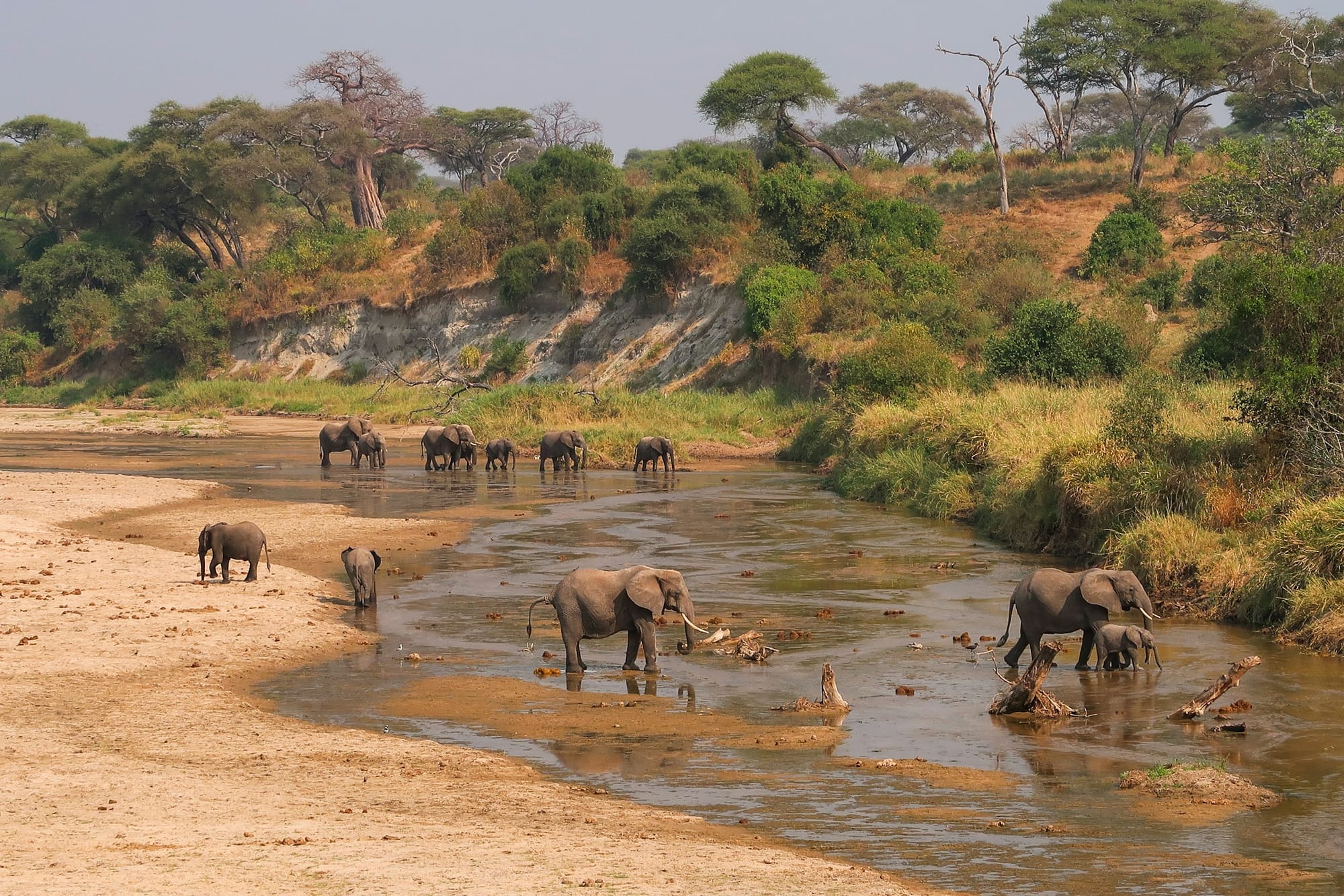
Capturing the Perfect Safari Moments: Photography Tips and Tricks
Going on a safari presents a unique opportunity to witness wildlife in its natural habitat. It’s an experience packed with awe-inspiring landscapes, intriguing behaviors, and rare creatures. For photographers, whether amateur or professional, a safari offers countless moments to capture. However, the dynamic and often unpredictable environment can also present challenges. This guide provides essential tips to help you capture those perfect safari moments, ensuring you come home with a portfolio of stunning images that reflect the spirit of your adventure.
- 1. Understand Your Equipment
Before setting out on your safari, familiarize yourself with your camera and lenses. Knowing how to quickly adjust settings such as ISO, aperture, and shutter speed is crucial in wildlife photography, where light conditions change rapidly and animals move unpredictably. Practice using different modes and settings in various lighting situations to be as prepared as possible.
- 2. Choose the Right Gear
While full-frame DSLR cameras and mirrorless cameras are preferred for their superior image quality and versatility, the type of lenses you bring can make a significant difference. A telephoto lens (minimum 200mm) is essential for wildlife photography, allowing you to keep a safe distance while capturing detailed shots of animals. Also, consider bringing a wider lens for landscapes. Pack extra batteries and memory cards, and a lens cleaner to keep your gear in top condition.
- 3. Optimal Use of Light
The best lighting for photography is early morning or late afternoon when the sun is low. This 'golden hour' light is soft and warm, enhancing the colors of the African landscape and creating dramatic shadows. Additionally, these times often coincide with peak animal activity, as many species are either waking up or preparing to settle for the night.
- 4. Focus on Composition
Good composition can transform a simple photo into a storytelling masterpiece. Rule of thirds is a basic but effective technique where you divide the frame into nine equal segments by two vertical and two horizontal lines. Placing the subject along these lines or their intersections creates more tension, energy, and interest in the composition compared to a centrally placed subject.
- 5. Be Patient and Perseverant
Wildlife photography requires patience. Animals are unpredictable, and sightings can be rare depending on the weather and season. Spend time observing their behavior and be ready to wait for the perfect moment. Sometimes, this means sitting quietly in one spot for hours, but the potential payoff of a spectacular shot is worth it.
- 6. Keep a Low Profile
Staying as inconspicuous as possible will increase your chances of capturing wildlife in natural behaviors. Avoid sudden movements, keep noise to a minimum, and use a vehicle or a hide for camouflage. Be aware of the wind direction as well, as animals are very sensitive to scent.
- 7. Respect Wildlife
Always prioritize the well-being of the animals over getting a good shot. Maintain a safe and respectful distance, and avoid anything that could stress or threaten wildlife. Follow guidelines and instructions provided by your guide or tour operator.
- 8. Experiment with Perspectives
Challenging yourself to find unique angles can result in more interesting and dynamic photographs. Try shooting at eye level with the animals for an intimate perspective. If safe and possible, capturing images from a lower angle can dramatically showcase the grandeur and stature of wildlife.
- 9. Use Appropriate Shutter Speeds
To capture sharp, clear images of fast-moving subjects, use a faster shutter speed. This is particularly important in wildlife photography where the subjects often move unpredictably. For animals in motion, start at a shutter speed of at least 1/500th of a second and adjust according to the speed of the subject and lighting conditions.
- 10. Take Safety Precautions
While capturing the beauty of nature, don't forget to look after your own safety. Always listen to the safety instructions given by your safari guide. Keep your gear securely attached to your body or vehicle, and be environmentally aware of your surroundings.
Photographing a safari is an exhilarating experience that combines the thrill of wildlife observation with the joy of photography. By preparing adequately, respecting nature, and applying these tips, you are well on your way to capturing captivating images that convey the majesty and beauty of the safari. Every trip into the wilderness is unique, filled with unpredictable elements and opportunities for incredible photos. Embrace the adventure, stay prepared, and most importantly, enjoy every moment behind the lens.